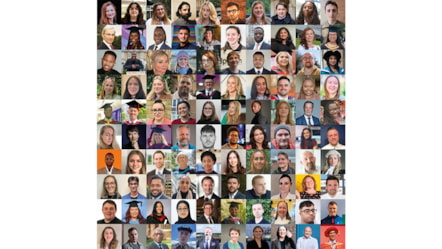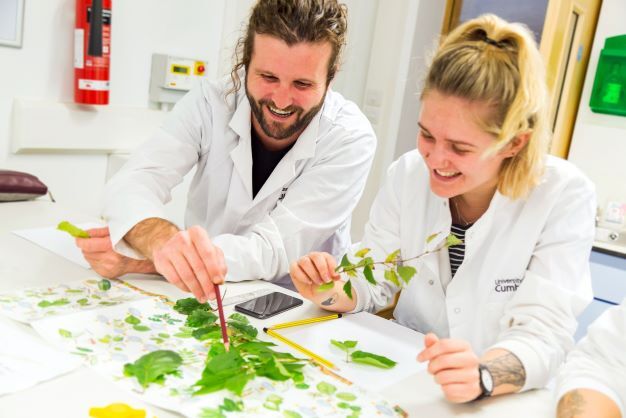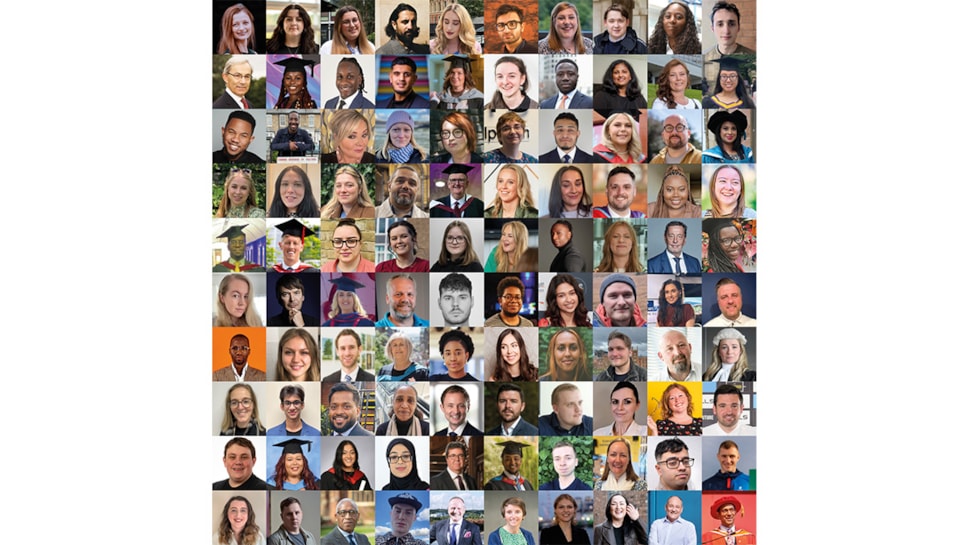New campaign highlights the success stories of local students who were the first in their family to attend university
The extraordinary success of students from University of Cumbria who were the first in their families to attend university is being highlighted in a new national campaign, led by Universities UK.
Degree apprenticeship expansion secures £330,000 further funding
As part of its mission to drive higher-level skills across the North West and beyond, University of Cumbria is receiving a further investment to power its expansion of degree apprenticeships.
Carlisle United and University of Cumbria sign Memorandum of Understanding
Carlisle United and University of Cumbria have signed a Memorandum of Understanding that will help them work together on areas of common interest to support the community and the development of vital higher-level skills for the region.
Recruitment launched to lead exciting £4.8m health research project
Work has begun to appoint the first roles to an exciting £4.8m scheme that will create a centre of excellence in research into local health-related issues affecting people in north and west Cumbria.
New professor’s international collaborations spearheading orca protection
For the last three decades killer whale expert Volker Deecke has been delving deep into ocean life, listening to marine mammals and being a powerful voice in their protection.
Latest news

New campaign highlights the success stories of local students who were the first in their family to attend university
The extraordinary success of students from University of Cumbria who were the first in their families to attend university is being highlighted in a new national campaign, led by Universities UK.

Degree apprenticeship expansion secures £330,000 further funding
As part of its mission to drive higher-level skills across the North West and beyond, University of Cumbria is receiving a further investment to power its expansion of degree apprenticeships.

Carlisle United and University of Cumbria sign Memorandum of Understanding
Carlisle United and University of Cumbria have signed a Memorandum of Understanding that will help them work together on areas of common interest to support the community and the development of vital higher-level skills for the region.
.jpg)
Visit Our Website
For all non-media related resources, you can visit our university website.

Campuses
Explore our fantastic facilities, communities and locations
.jpg)
Institutes
Understand more about our five academic institutes, each with its own specialist focus, that offer a range of flexible, multidisciplinary courses.

Research
Explore our research themes and meet the centres and networks committed to transforming lives.





